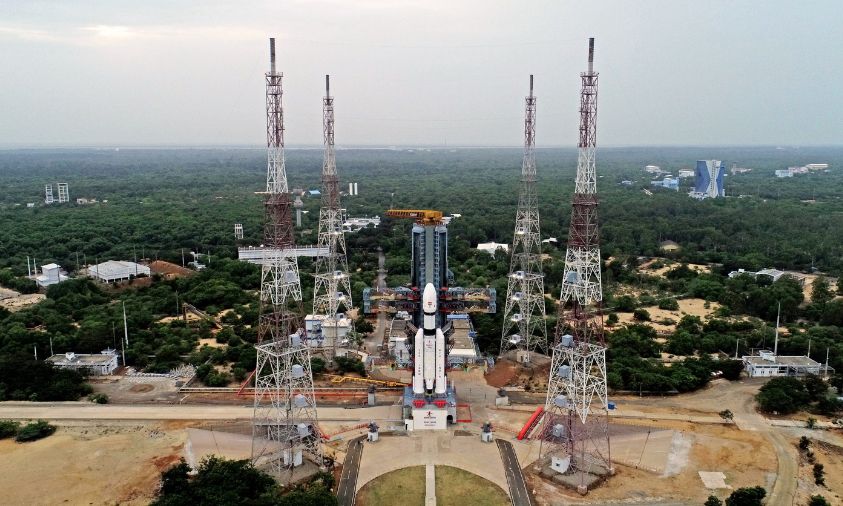In recent years, space exploration has become an exciting frontier for scientific discovery and international collaboration. India, as a prominent player in the global space community, has made significant strides in this field. We are all proud as Indians to take a bigger step in space exploration with the launch of the Chandrayaan 3. The primary objective of this mission is to successfully land a rover on the lunar surface, gather valuable data, and conduct scientific experiments. The knowledge gained from Chandrayaan-3 will not only benefit scientists and researchers but also pave the way for future lunar exploration and human missions to the Moon.
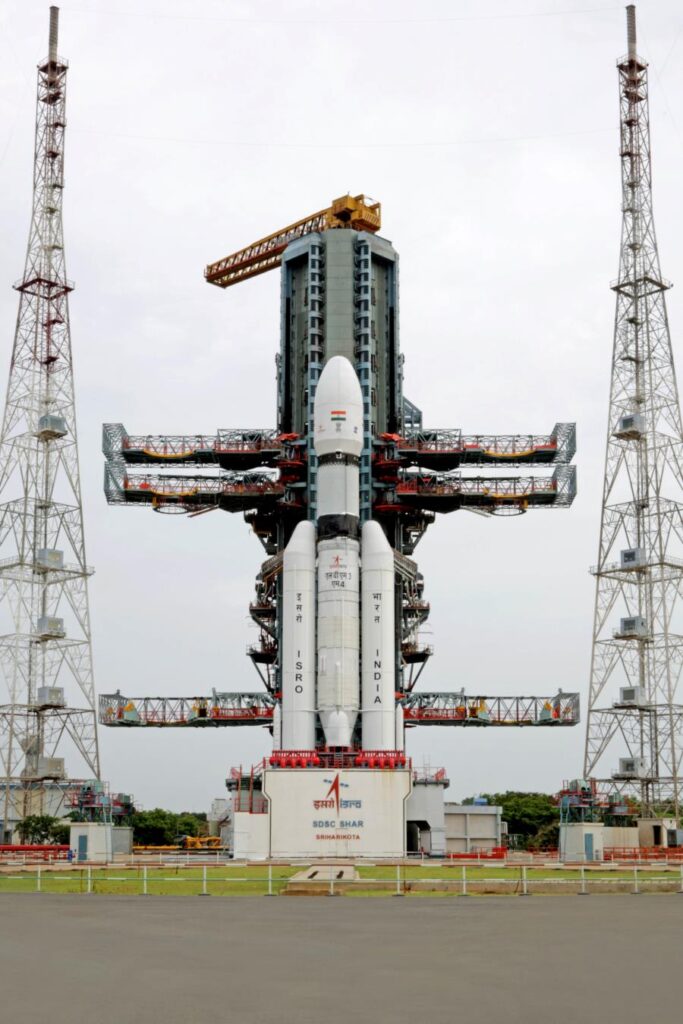
India’s space agency, the Indian Space Research Organization (ISRO), continues to demonstrate its commitment to pushing the boundaries of scientific exploration with the Chandrayaan-3 mission. The Chandrayaan-3 was launched on 14th of July 2023, Friday, at 2:35 PM, IST and is expected to land on the moon’s surface on 23rd August, 2023. The launch was seen by 1.8 million people online and thousands saw it live from Sriharikota on Friday.
The rocket was launched on GSLV Mark 3 (LVM 3) successfully from Andhra Pradesh’s Srihari Kota on Friday.
The Chandrayaan is designed to explore the Lunar’s surface. It will study the electrical vibrations, earthquake vibrations and climate on the surface of the moon. The total cost for this project was Rs. 615 crores. The take-off is indeed a proud moment for all Indians and if all goes well, India will become the 4th country to achieve a controlled landing on the moon after Russia, the USA, and China. The mission will carry a suite of advanced scientific instruments, including cameras, spectrometers, and seismometers, among others. These instruments will enable detailed mapping and analysis of the lunar surface, providing crucial data to decipher the Moon’s complex geologic history. The findings of Chandrayaan-3 will not only deepen our knowledge of the Moon but also shed light on the broader understanding of planetary evolution and the formation of celestial bodies.
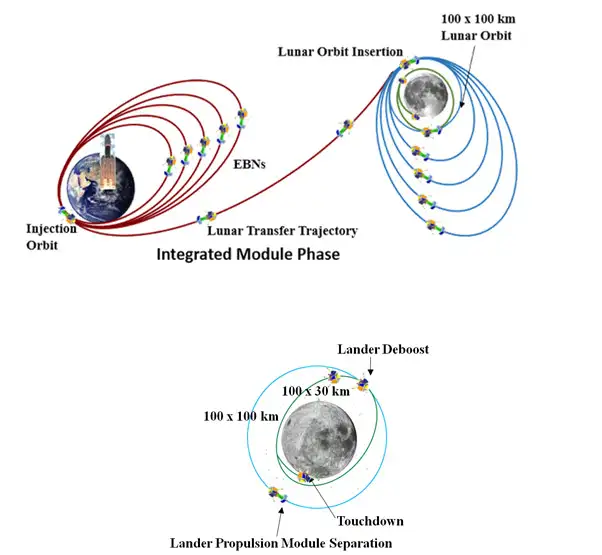
This Chandrayaan journey is set to reach the moon in ten stages so that the amount of fuel needed for the rock is minimised. These ten stages make the mission cost-effective in saving and using fuel appropriately. Each step requires precise planning, execution, and coordination to achieve the mission’s objectives of scientific exploration, data collection, and advancing our understanding of the Moon and its mysteries.
The LVM-3-M4 rocket which took off on Friday, will place the rocket in an orbital path of 173 km, from where the spacecraft will be sent to Durham, through a circular path of distance 36.500 km.
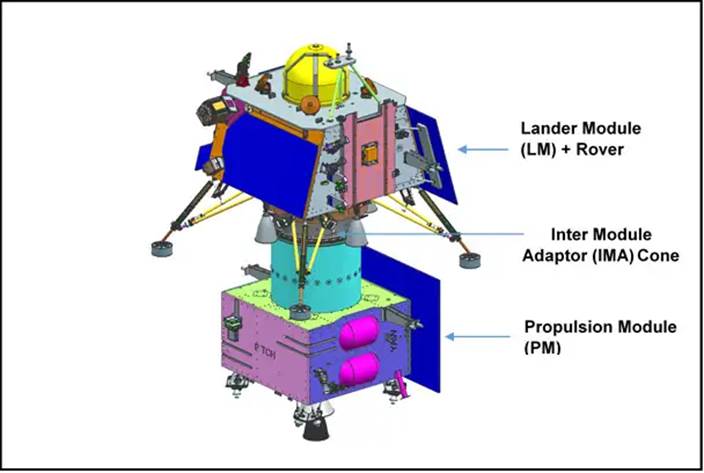
After these stages, the propulsion engine which acts like a rocket, will place the Chandrayaan 3 into the Lunar orbit, and travel towards the moon. Before this, the Chandrayaan needs to escape the Earth’s gravity and fall into the moon’s gravitational force. There is a point in between the gravitational pull of the earth and that of the moon, where the gravity of both, the earth and the moon are zero, which means that the rocked will not be pulled in any of the directions. Once the rocket reaches this position, the spacecraft will be pushed into the moon’s gravitational force. From here, the only step left will be landing on the moon.
This stage – landing on the moon is the most crucial out of the ten stages. This is of 15-minute duration. The previous project, the Chandrayaan 2 failed at this point because of the harsh landing of the spacecraft on the moon and thus destroying the spacecraft and the lander. There have been many upgrades of this stage taking the learnings from the previous failures. This is where the saying “failures are stepping stones to success” comes into play. There are four rocket boosters under the Chandrayaan-3 which will help in landing smoothly if the rockets are put out at a slow rate and not to make it fall free.
Once this step is successful, all that is left would be for the lander to roll on the moon and explore the moon! The lander and rover have been equipped with cutting-edge instrumentation to carry out detailed scientific investigations. These instruments will enable high-resolution imaging, elemental analysis, thermal mapping, and precise measurements of the lunar environment. The technological advancements of Chandrayaan-3 not only serve the immediate mission objectives but also contribute to India’s overall space capabilities, strengthening its position in the global space community.
Chandrayaan-3 represents India’s unwavering commitment to scientific exploration and technological innovation in the field of space science. Through this mission, India seeks to unravel the mysteries of the Moon, deepen our understanding of our celestial neighbour, and contribute to the broader scientific community.
India is eagerly waiting for a successful mission this time, and let us all hope and pray for success. This may open up a time when we can reach out to the moon for a vacation!
Info source & Picture credit
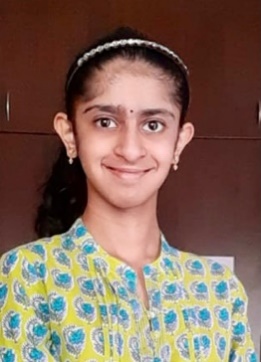
Maitreyi Aravindan lives in the garden city of India, Bangalore. She is a very passionate animal lover. Loves reading and writing poems and blogs. She is also a budding Classical dancer and singer. Her hobbies include drawing, painting, cooking, travelling. She likes to be associated with nature and animals in her daily life, in some way.

